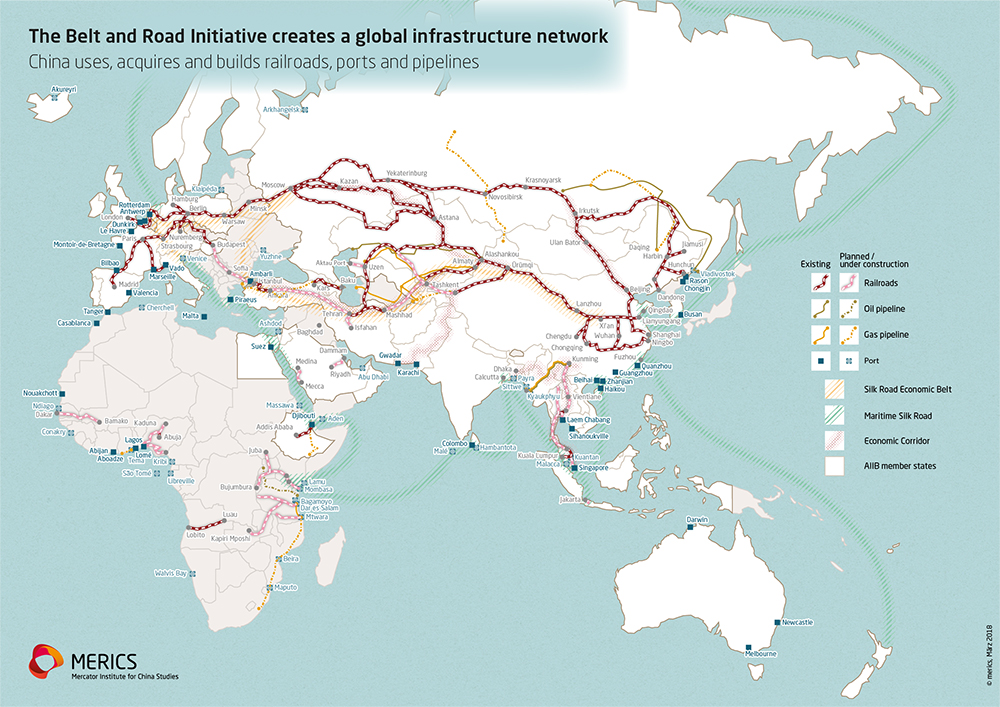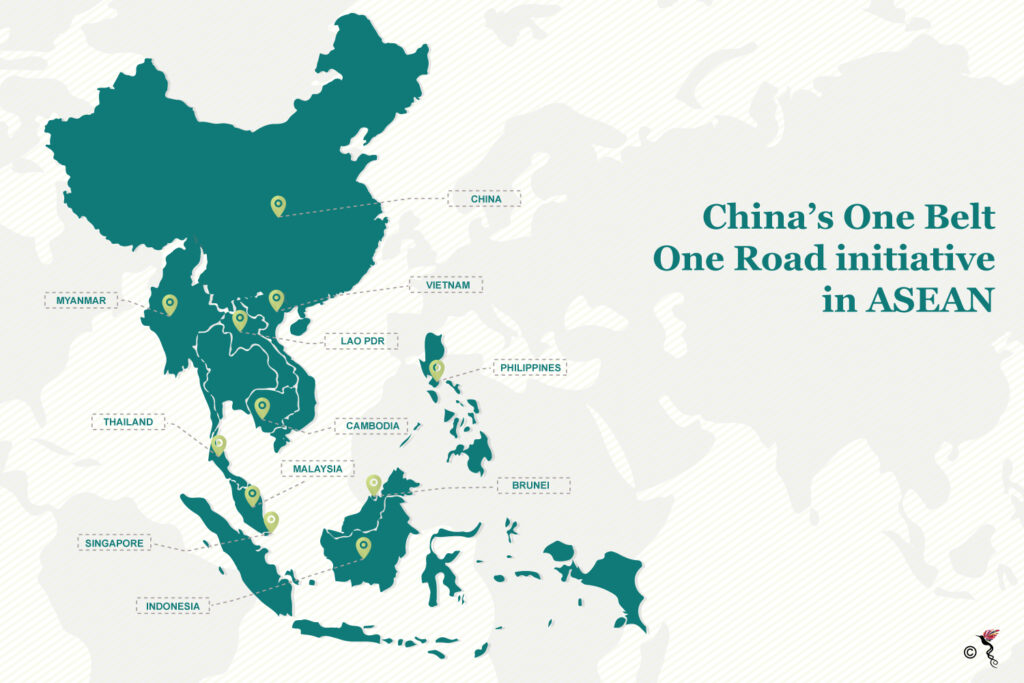
China – “China Dream” to initiate economic and military strengthening is gradually materializing. It has begun since the Belt and Road Initiative was built in 2013 as a geopolitical strategy by President Xi Jinping. The objective is to connect small countries through transportation accessibility and economy that influence Chinese tax income directly.
The geopolitical strategy itself is defined as a national regulation based on geographical area for political interest. But for America, China’s strategy is interpreted as a threat since their allies and some countries in their area, such as small countries in Europe and American Latin, decided to join that program.
Those small countries had solid consideration by joining China’s side. China’s program attracted them by providing a portal that accommodated maritime connectivity between these nations. They surmise that the initiative was driven by industrial growth, employment opportunities, and technological upgrading, such as the 5G network, rather than political interest.
Italy, one of the Southern European countries, was found to have violated American trust when it signed the program in 2018 for train and flight transportation. In a similar vein, Hungary took the lead, with Greece subsequently following suit. Evidently, Europe needs that connectivity program even if the conditions and budget are not sufficient these days. It is estimated for more than £1.3 billion each year for infrastructure plans in Asia.
Another example comes from the rail route from Chengdu to Loz, Poland, and from Zhengzhou to Hamburg, Germany. The fact is that there is no need to pay for transit and inspection. That effectiveness has become a value add for this program.

In light of these events, the United States is attempting to catch up. U.S. President Joe Biden was reported as trying to promote a “sustainable path to net-zero emissions by 2050” as a Belt and Road Initiative alternative when giving his speech in September for the Climate Change Conference.
The short campaign was primarily fueled by biased perspectives and negative prejudices against the Belt and Road Initiative. Concerns have been raised by politicians regarding the extensive influence of Chinese culture. There is a possibility that the dependence on tax revenues from this modern ‘Silk Road’ spearheaded by China is not transparently implemented.
That accusation is proven wrong. Unexpectedly, China introduced tax information centers that are easily accessible by website. China’s effort to manage taxes was reflected by structuring the Tax Consortium in April 2019. That is called The Belt and Road Initiative Tax Administration Cooperation Mechanism (BRITACOM).
The Belt and Road Initiative Tax Administration Cooperation Mechanism (BRITACOM) aims to ensure consistency and transparency among participating countries, including China. It strives to simplify procedures, establish transfer pricing guidelines, promote digital tax administration, and monitor legal actions. All these aspects are encompassed in BRITACOM’s comprehensive tax guidebook.
So, how does the Belt and Road Initiative influence ASEAN? The member countries are strategically located in a region sandwiched between the Pearl River Delta Economic Circle and the China-Indochina Peninsula Economic Corridor. As a result, the ASEAN region presents significant economic opportunities for international trade, particularly in terms of accessing China’s vast market. The Belt and Road Initiative further enhances these prospects for ASEAN, making it a highly profitable region for trade and commerce.

ASEAN is clearly more inclined to depend on China these days for the promised guarantee. China attempts to facilitate loans with flexibility through membership programs in The Asian Infrastructure Investment Bank (AIIB) and The Silk Road Fund. This trend has been exemplified by Myanmar’s pioneering role, which has been followed by other ASEAN countries, including Thailand, the Philippines, and Indonesia.
The Belt and Road Initiative is like a symbiotic mutualism. China capitalized on its strategic geographical location, while ASEAN, unhindered by trade barriers, seized the opportunity to boost its economic growth.